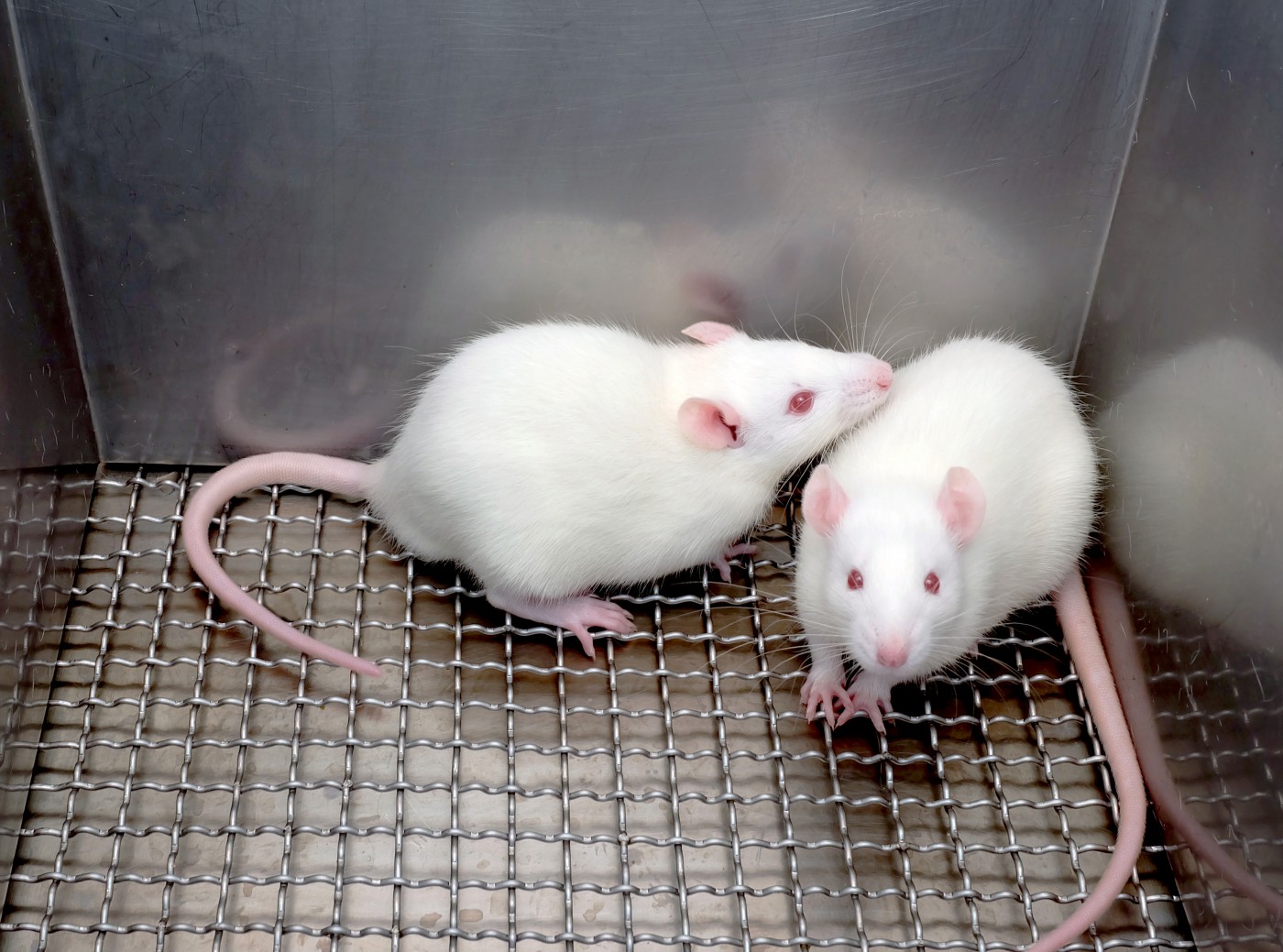Researchers Compare Pain Behaviors of Sickle Cell Anemia in Humanized Mouse Models
Written by |

Pain is an important, and difficult to treat, feature of sickle cell anemia (SCA). Here, researchers compared two different types of mouse models of the disease to study pain and the effects of age and gender on pain development and behaviors.
The study highlights how these animal models can increase understanding of pain in SCA and facilitate the identification of targets and development of new age- and gender-specific therapeutic strategies.
The research paper, “Comparative Analysis of Pain Behaviours in Humanized Mouse Models of Sickle Cell Anemia,” was published in PLOS One.
Patients with SCA often experience unpredictable and recurrent episodes of acute pain, sometimes in addition to their chronic pain. The usual course of therapy and management of pain is opioids, which, unfortunately, are associated with side effects, such as constipation, respiratory depression, and risk of opioid addiction. Therefore, there is a need for a deeper understanding of the pain mechanisms in SCA in order to develop effective analgesics without such side effects.
Transgenic sickle mice are valuable models to examine such pain mechanisms. Among these, BERK and Townes transgenic sickle mice, which express human sickle hemoglobin (HbS), are commonly used for research. Researchers used the BERK model and the “knock-in” Townes model where human α and β chains are inserted (knocked-in) in place of mouse α and β chains. Both mouse models exhibit features of SCA, including hematologic disease, organ damage, and a life span similar to that observed in the clinic.
The researchers compared both models to understand the differences regarding different characteristics of pain, age, and gender, with special focus on the mechanical, thermal, and deep tissue hyperalgesia, an abnormal heightened sensitivity to pain.
The results indicate that, like previously characterized BERK mice, the Townes sickle animals show more mechanical, thermal, and deep tissue hyperalgesia as their age increases. As for gender, female Townes sickle mice presented greater sensitivity to pain then their males counterparts. Such results have also been observed in BERK mice and SCA patients. BERK sickle mice also present a significantly greater degree of hyperalgesia compared to gender- and age-matched Townes sickle mice.
“These fundamental observations on pain characteristics are expected to facilitate future efforts to examine the mechanisms, identify targets, and develop pharmaceuticals to treat gender- and age-specific pain in SCA. Thus our observations will increase the translational utility of these mouse models,” the researchers concluded.





